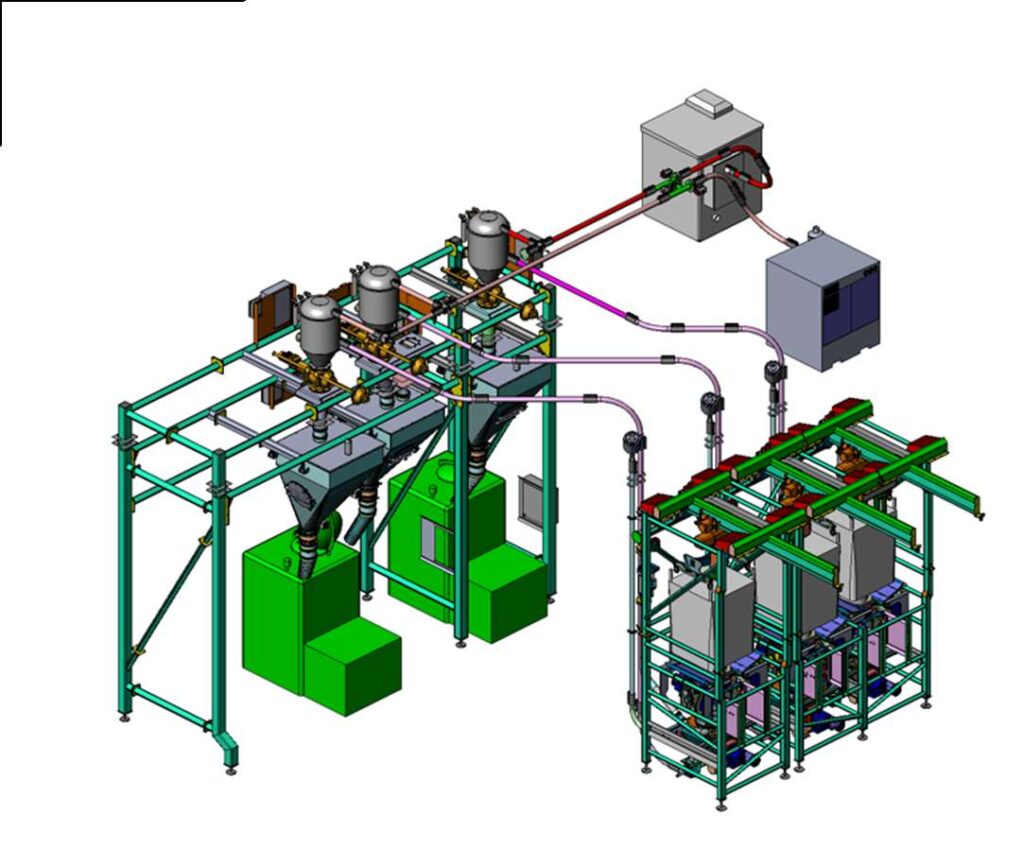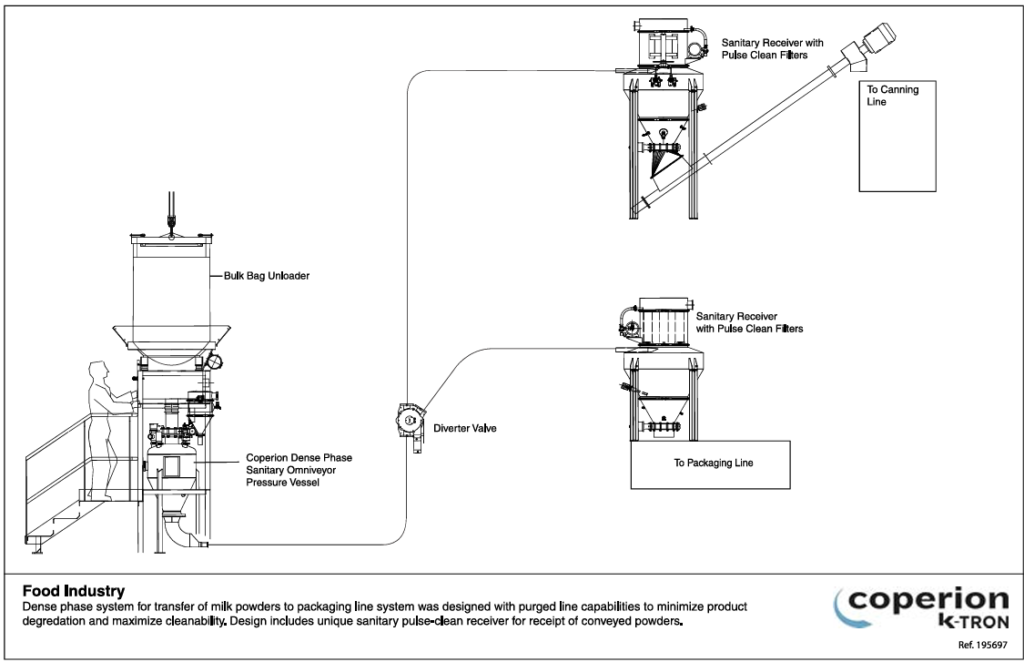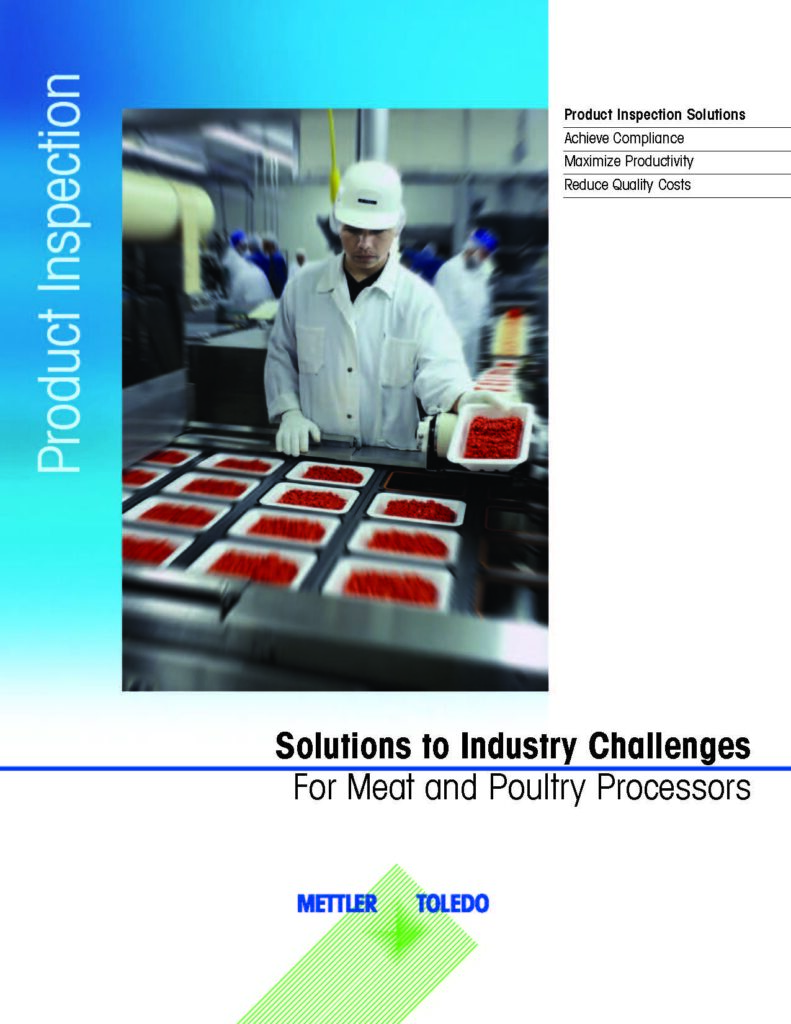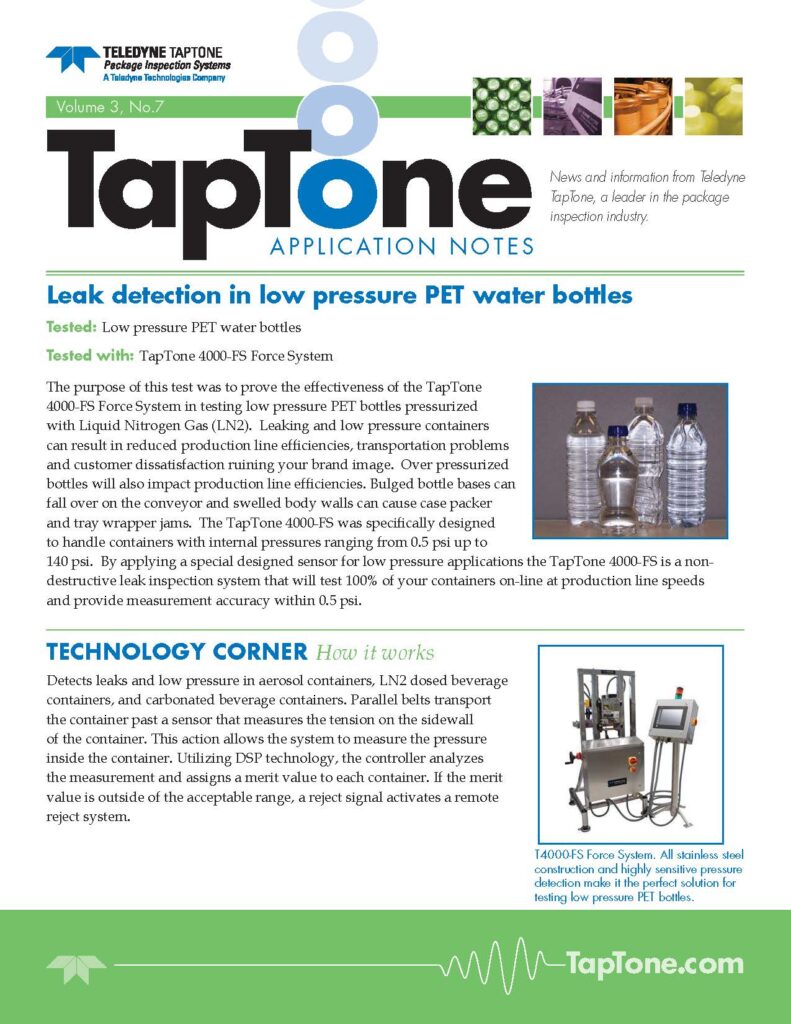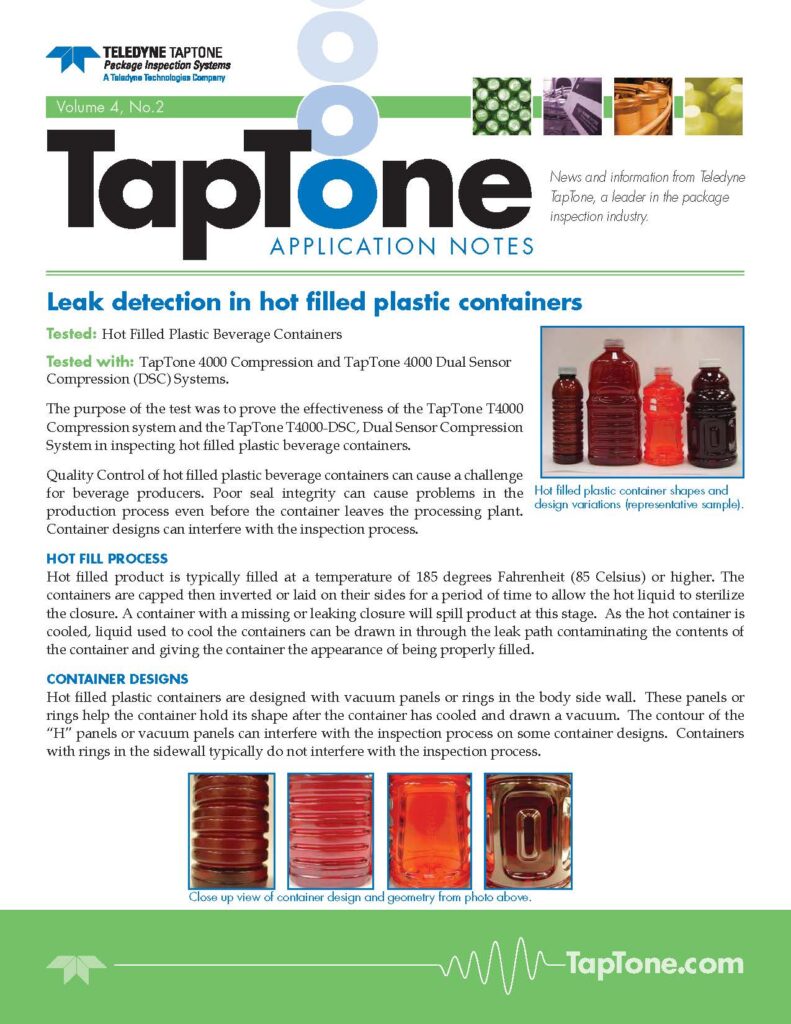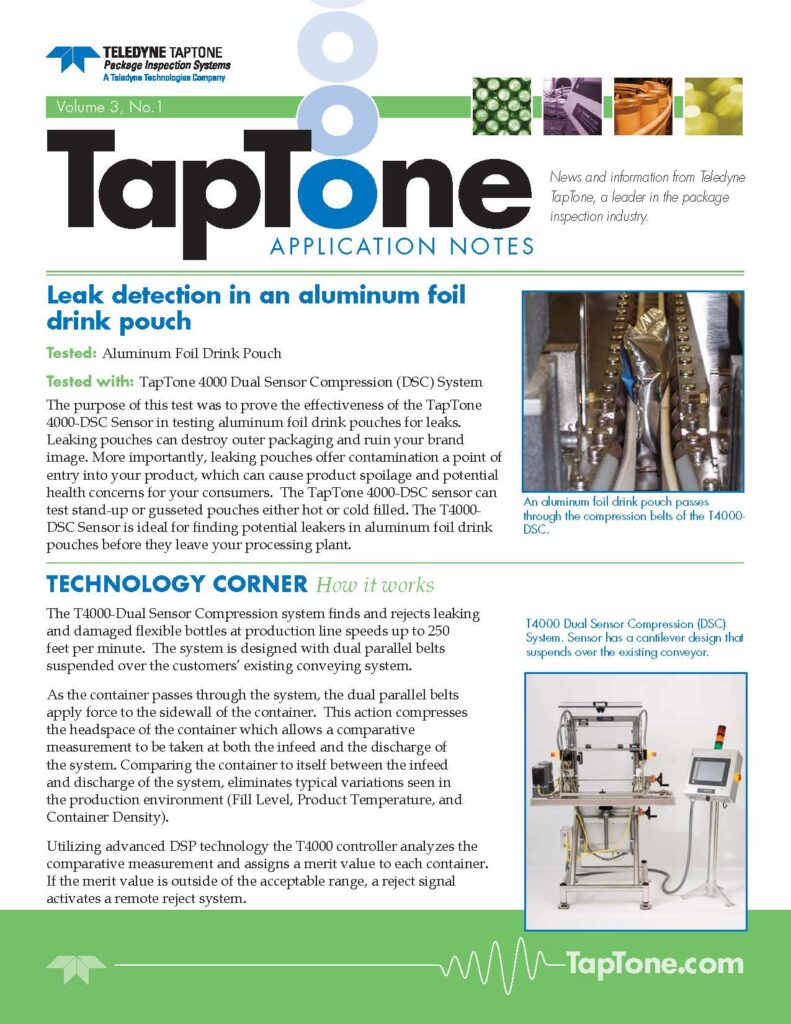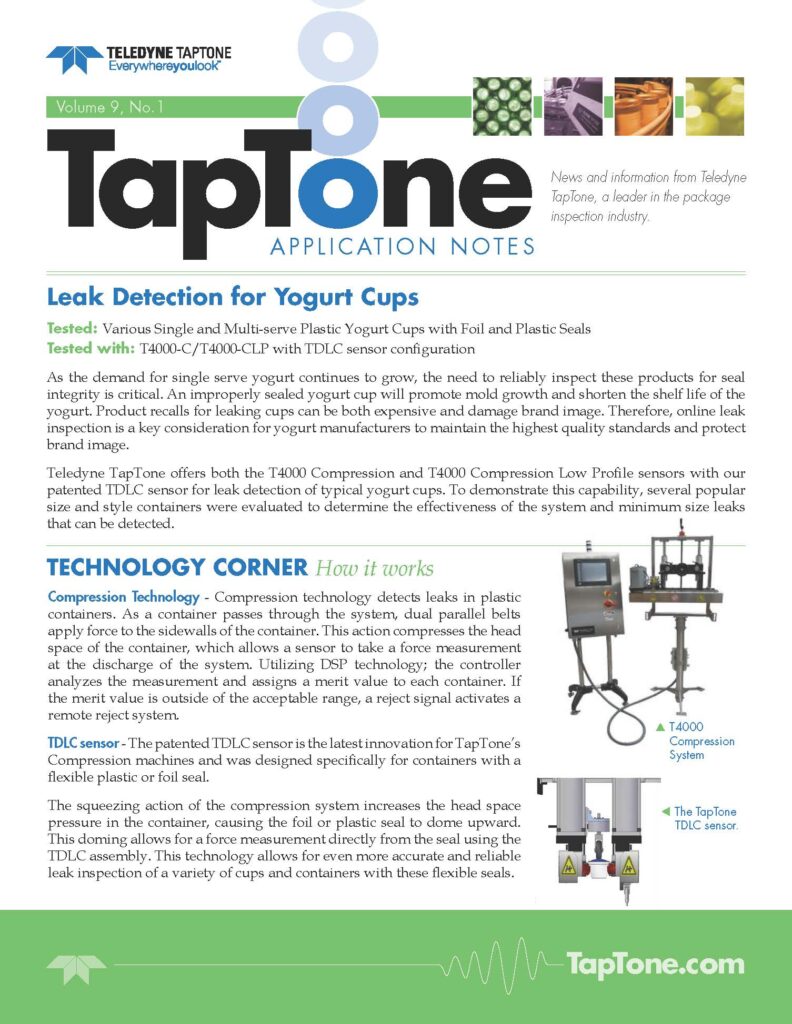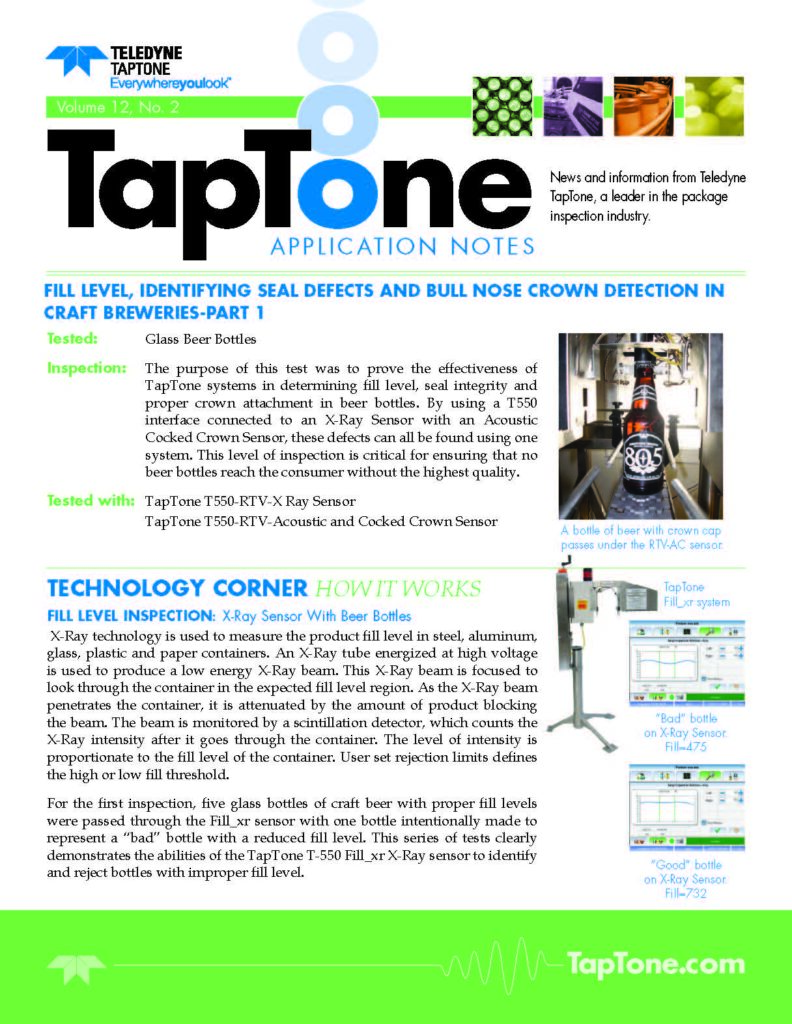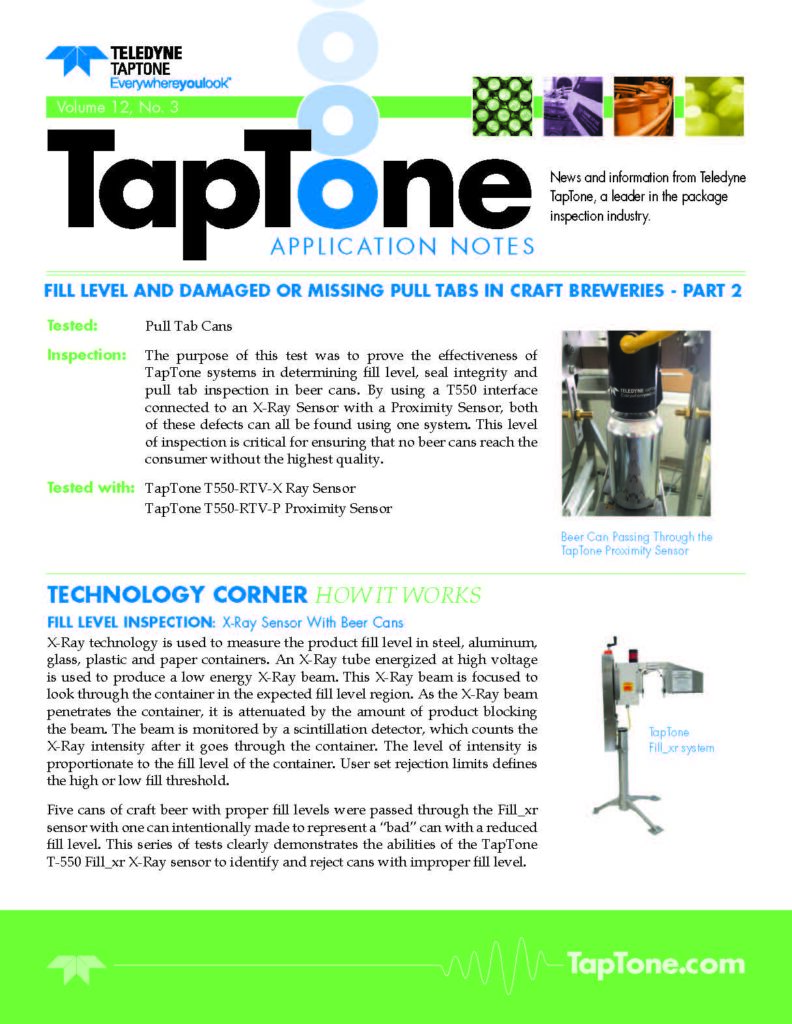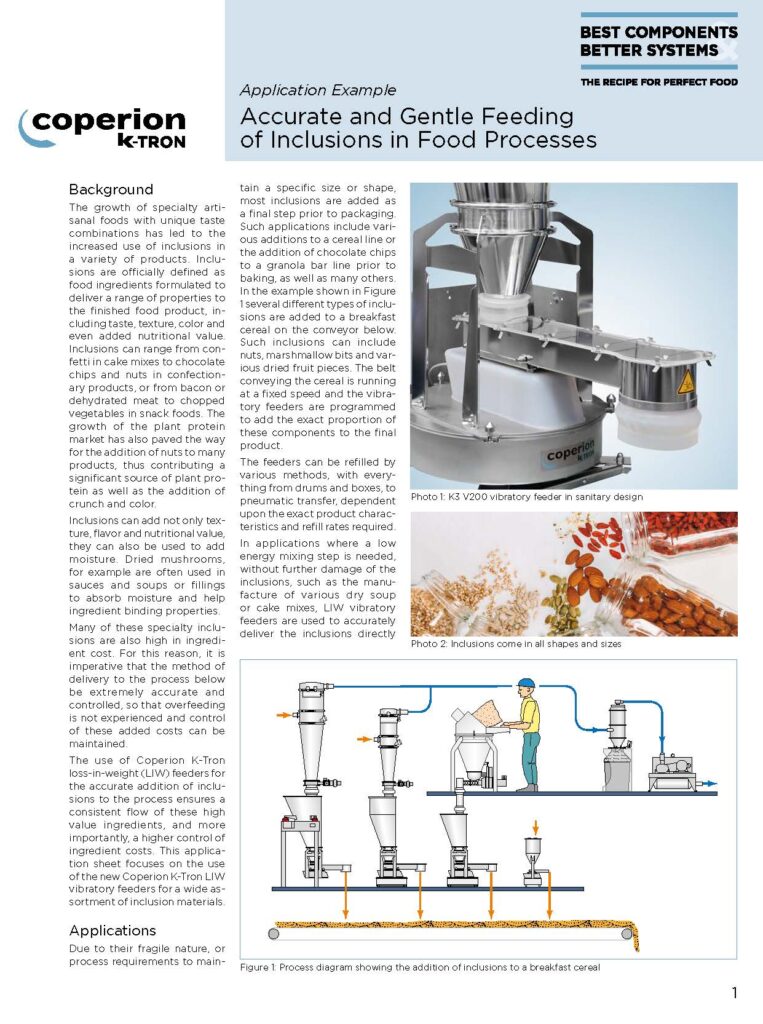Ingredient Batching System of Whey Powder, Skim Powder and Sugar for Ice Cream Production
In 2016 NBE worked in conjunction with a local company that makes ice cream to develop an automated ingredient batching system. The system would discharge ingredients from supersacks and transfer them to a gain in weight hopper using a pneumatic conveying system. The ingredients would then discharge into a mix tank that creates the base product to make the ice cream. In 2021 the customer again reached out to NBE due to the massive growth that they had been experiencing. They needed to find a way to increase their throughput with minimal additional available space. The plan was to add a second mixer that would nearly double their possible throughput. To keep up with the new supply, NBE recommended modifications to increase the speed of the pneumatic conveying system, added three new weigh hoppers with larger capacity, and updated the system controls to account for the added flexibility. NBE also worked with the customer to make some smaller overall system improvements based on the previous five years of use.

